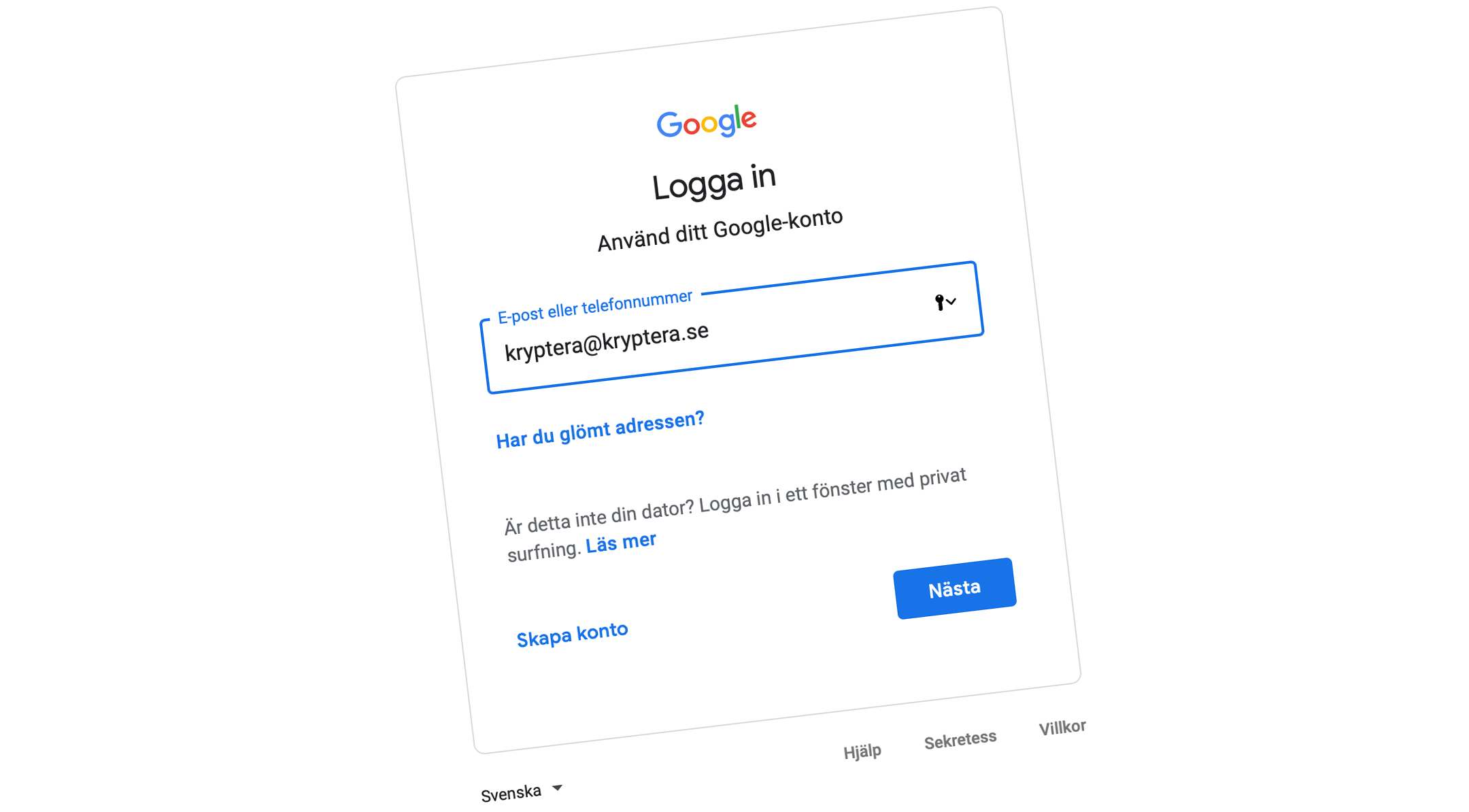In the vast and ever-evolving digital landscape, the need for a clean and safe online environment is paramount. Whether it’s an issue of misleading content, malware, spam, or any other violation of Google's guidelines, being able to report problematic websites to Google stands as a necessary tool for users to reclaim the web’s integrity. In this article, we will guide you through the process of reporting a website to Google, explain the reasons you might want to do so, and offer tips on how to effectively navigate this important task.
Why Report a Website to Google?
Before diving into the specifics of how to report a website, it’s essential to understand why you might want to take such action. Here are some common reasons:
- Phishing and Scam Sites: These websites are designed to mislead users into divulging personal information such as usernames, passwords, and financial information. Reporting them helps protect other users from falling victim to fraud.
Malware Distribution: Websites that host or distribute malware can infect users' devices and lead to serious cybersecurity consequences. Reporting these sites allows Google to take action to protect users from potential harm.
Hate Speech and Harassment: Websites promoting hate speech, harassment, or violence can have significant adverse effects on communities and individuals. Reporting such content is vital for fostering a safe online environment.
Copyright Infringement: Websites that violate copyright laws by hosting or distributing copyrighted material without permission can be reported to uphold intellectual property rights.
Spam: Spammy content that clutters search results and diminishes the quality of online information can be reported to help ensure that users have access to relevant and accurate content.
Misleading or False Information:
Websites that spread misinformation, particularly in critical areas such as health, politics, and safety, can be detrimental to society. Reporting such sites helps maintain the integrity of information available online.
How to Report a Website to Google
Reporting a website to Google may vary slightly depending on the nature of your complaint. Below are step-by-step guides for the most common types of reports you might want to file:
Reporting Malware or Phishing Websites
- Visit the Safe Browsing Page: Navigate to the Google Safe Browsing page dedicated to reporting phishing and malware issues at `https://safebrowsing.google.com/safebrowsing/report_phish/?hl=en`.
Provide Website Details: Enter the URL of the suspicious website, and specify if it is phishing, malware, or deceptive.
Submit Additional Information: Fill out any additional details to help Google assess the situation better. This may include screenshots or specific evidence of the fraudulent activity.
Send the Report: Once you've filled in the necessary fields, click "Submit." You may receive feedback from Google regarding the action taken.
Reporting Spam or Unwanted Content
- Use the Spam Report Tool: For spammy content or websites that violate Google’s webmaster guidelines, visit the `Google Search Console` URL submission form at `https://www.google.com/webmasters/tools/spamreport`.
Describe the Issue: Enter the URL of the website you are reporting, and select the type of spam it involves from the provided options.
Provide Context: Adding context can help Google's review team better understand the situation. Offer any supporting details that might be relevant.
Submit Your Report: After reviewing your details, hit the submit button to send your report to
GOOGLE DELETE PHISING.
Reporting Copyright Infringement
- Use the Copyright Infringement Form: Navigate to the Google Copyright Removal form at `https://www.google.com/contact/copyright`.
Fill In the Details: Fill in the required fields to specify the copyrighted material that’s being infringed upon, along with your contact information for follow-up.
Provide Proof: Attach any evidence that supports your claim, such as original content or a link to the copyrighted material.
Submit Your Claim: Review all the information you've provided and submit the form for Google's consideration.
Best Practices for Reporting
When reporting a website to Google, consider the following best practices:
- Be Specific: Provide as much detailed information as possible. The clearer you are about the issue, the easier it is for Google to process your report.

Stay Professional: Reporting is a serious matter, and personal feelings should be set aside. Stick to facts and avoid inflammatory language.
Follow-up: Google may not always provide feedback on your report, but if you notice that the issue persists after some time, consider following up with additional details.
Use Relevant Keywords: If you're submitting a report on a website violating Google’s policies, using relevant keywords can help direct your report to the right team.
Provide Evidence: Where applicable, providing concrete evidence (like screenshots or specific examples) can significantly strengthen your report.
The Aftermath of Reporting
Once a report is submitted, it undergoes review by Google’s team. Depending on the violation and severity, several outcomes may occur:
- Site Removal: Google might choose to remove the reported website from its search results.
Halt Access: In cases of malware or phishing, the site might be blacklisted and unsafe warnings displayed upon access.
Limited Actions: Sometimes, reports may lead to minor changes, like a warning label on the search result or a request for action from the webmasters.
Conclusion
In an era where information disseminates rapidly online, individuals hold the power to create a safer digital environment by reporting websites that violate standards. Knowing the procedures to report problematic websites to Google is imperative in fostering safe web practices. By taking the time to report, you contribute to protecting other users and fostering a more reliable internet. Being vigilant can make a meaningful difference, and the collective actions of concerned users significantly influence the digital space. Take action today for a cleaner, safer, and more trustworthy web.




Reviews